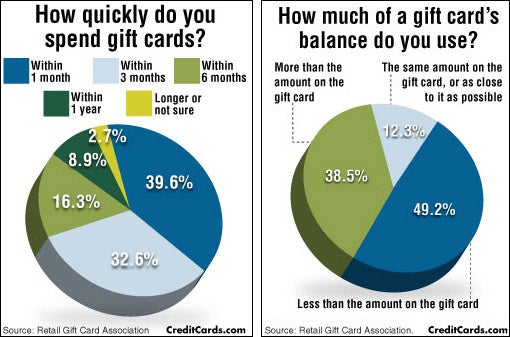Engraved glass awards stimulate an unwavering spirit of dedication and quality. They cultivate a society of recognition that transcends hierarchical borders.
Wheel engraving is shown on a goblet likely made in the 1700s covered with complex Chinese-style themes. These themes revealed loyalty to the Jacobite cause. This is an amazing example of exactly how imported Oriental products influenced European design trends.
Beginnings
As glassmaking became more sophisticated, engravers realised that a design included in an item of glass changed it from practical right into desirable. They try out a range of scraping, abrading and cutting techniques.
The most skilled engravers produced great thorough work. Anna Roemers Visscher, that was a glass cutter and engraver, was renowned for her fragile blossoms, influenced by the natural history books popular in her time.
Engravers also sculpted great linework right into glass. By the end of the 17th century, engravers had actually started to abandon linear clarity in favour of crosshatched chiaroscuro results. Among the earliest instances is videotaped on a container by a Rotterdam engraver who signed his work with a scribbled liberty and vigour that lifted it above the rest.
Inscribing continued to be a popular technique, although it was increasingly eclipsed by cut glass and new methods such as etching, which was more affordable than etching. Nevertheless, economic pressures after c1905, together with decreasing high quality of cut glass, saw an increase in the popularity of personalized glass, called rock crystal.
Strategies
Glassmakers utilized a range of methods to mark or embellish the surface area of a vessel, typically integrating different techniques. One technique called stipple inscription, as an example, utilizes a point of tungsten or ruby to make small dots on the glass surface area which produce contrasting white lines when light shines through them.
Personalized glass honors are treasured for their beauty and status. They mirror the deep esteem and regard that companies hold for their staff members and promote a culture of quality.
The clarity of glass symbolizes the openness and sincerity of corporate acknowledgment, motivating recipients to analyze their achievements and reflect on their trip in the organization. In addition, the capability of personalized glass to show personalized text and images permits the development of highly unique and purposeful awards that evoke the feeling of majesty related to this exceptional product.
Designs
From the streamlined lines of business honors to the etched message on glass prizes, etched crystal is an elegant sign of acknowledgment. Whether shown on someone's workdesk or kept as a memento, these personalized items share a sense of reputation and professionalism and reliability that is difficult to find in other products.
The design of engraved glass has transformed over time to show transforming preferences and technological advances. The ancient strategy of copper-wheel engraving has resisted forecasts of obsolescence, and new more info techniques like etching are taking control of where stippling as soon as held sway.
The earliest diamond-point engraving, of the 16th century, is tight and formal. It slowly ended up being extra supple and pleasing, however can conveniently degenerate into over-elaboration. In the 19th century Thomas Webb & Sons introduced "rock crystal" with deep cutting and copper-wheel inscription, which copied luxury vessels cut of rock crystal in Europe and the Orient (see Ewer by Webb & Sons). The firm's primary engravers were Bohemian immigrants Frederick Engelbert Kny and William Fritsche, that authorized their work with a monogram G.
Significance
Personalized glass was pricey and sought after. This was since it included one of the most requiring glass refining strategy and depended on the precision and effort of a competent artisan. The acme of inscribing can be found in the 17th century and was very much a part of the Baroque and Rococo periods.
During this time around, engraved goblets could be utilized to interact messages of social condition. They would certainly present family members crests and political obligations. They could also show off one's taste for the most recent fashion and style patterns.
Today, engraved glass is still a crucial art type. Nevertheless, developments in modern technology and laser modern technology have structured the procedure and made it extra specific. The resulting detailed layouts are both stunning and durable. Moreover, new types of glass have been developed to react far better to lasers. This has actually increased the opportunities for musicians and developers. It additionally lessens the ecological effect of the process. For instance, optical crystal is an outstanding option for engraved awards because it is clear and mirrors light well.
